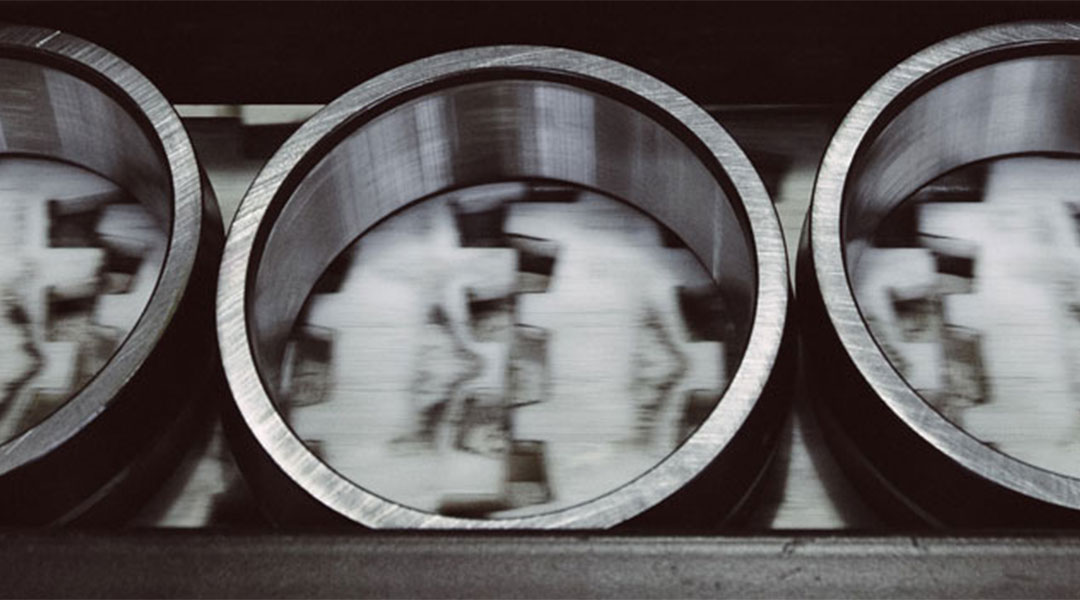news center
Ceramic bearings: advantages and disadvantages
2018-07-30
Ceramics can be used for both rings and rolling elements, or just for balls or rollers with metal rings. In hybrid bearings, ceramics are only used for rolling elements. Ceramic bearing cages are generally made of highly resistant, wear-resistant plastic.
Advantages
An all-ceramic rolling bearing has a number of advantages:
electrical insulation properties;
dimensional stability due to temperature fluctuations;
non-magnetic;
long service life;
stable operation at high speeds;
low weight;
impervious to the effects of aggressive substances;
do not require large amounts of lubrication, under certain conditions can operate without lubrication;
little noise during operation;
little heating;
low friction;
can be used in an extended temperature range.
Ceramics have a higher hardness than steel, so ceramic bearings have a longer life than their steel counterparts. The increased smoothness of the surfaces of ceramic rolling elements and rings helps to reduce friction and heat generation. The advantages of such products also include dimensional stability and low thermal conductivity (5 times lower than that of steel). Most of the above advantages (except non-magnetic and chemical stability) also apply to hybrid models.
Disadvantages
The main disadvantage of ceramic bearings is the insignificant range of products. However, in recent years, the range of ceramic models has expanded rapidly, so that the significance of this disadvantage is gradually decreasing.
Another disadvantage is that ceramic bearings are more brittle and less durable than metal. Another disadvantage is the high price of ceramic bearings, which can be reduced by using hybrid models.







